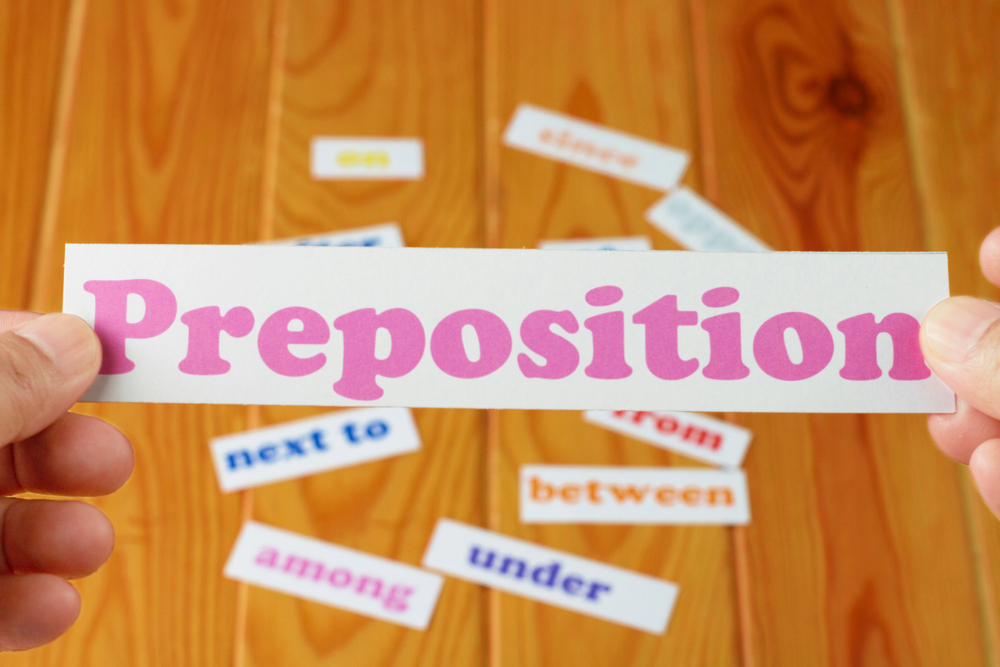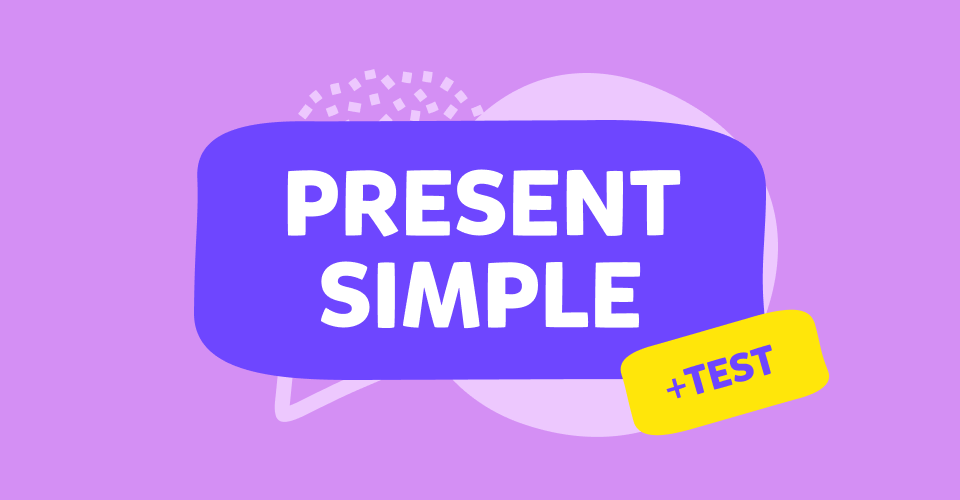- What is a verb tense in English?
- How many tenses are there in English?
- Recognizing the right tense – tense table in English
- How many types of tenses should kids use?
Learning a new foreign language may seem easy at the very beginning. We usually start with some simple words and phrases such as: “hello”, “how are you doing?”, “my name is…”, “I like ice-cream” and so on. However, the further you go, the more you start to discover and question. One of the biggest struggles for beginners is understanding English verb tenses. No surprise, because we have at least 12 of them in English, sometimes even more if we consider advanced rules and other conditions.
In this article, we’ll explain how many verb tenses there are in English and how many of them your kid actually needs to use. We’ll let you know how to recognize English tenses and provide examples of each tense being used in a sentence. Are you ready to learn English grammar with us? Find out what English grammar tenses can be taught to kids in an intuitive, smart and stress-free way. Tenses for kids were never made so easy to understand!
What is a verb tense in English?
In general, all verb tenses in English tell us how an action relates to the flow of time. We use them to distinguish between situations that happened in the past, are happening in the present and will happen in the future.
Even though the rule presented above seems universal for verb tenses in many foreign languages, in English, there are some specific verb tenses which don’t have their direct substitute in some other languages. Because of that, learning time distinctions that do not exist in your own language can make English grammar hard to understand. However, with our examples and easy tense charts – everything is possible!
How many tenses are there in English?
As we mentioned above, to differentiate situations that already happened, are happening now and will happen in the future, we need three main verb tenses in English, which are: present tense, past tense and future tense. These three groups of tenses are divided into four aspects: the simple, progressive (or continuous), perfect and perfect progressive.
To sum up, there are 12 major verb tenses in English that learners should know. Each of these tenses gives the speaker detailed information about time and action, such as:
- Is the action finished?
- Where in the timeline is the action?
- How long did the action last?
- Was the action repeated?
- Did the action happen at a known or unknown time?
- Is the action a habit?
- Is the action planned or spontaneous?
Now let’s find out the characteristics of each English tense and recognize them in specific sentences. Understand how to use English tenses correctly!

Recognizing the right tense - tense table in English
Below, we present an English tense chart with examples of sentences based on one verb “to read” put in different contexts, appropriate for each tense.
| Present Simple | Past Simple | Future Simple |
| I read books every day. | Last night I read an entire magazine. | I will read many books this year. |
| Present Progressive | Past Continuous | Future Progressive |
| I am reading a newspaper at the moment. | I was reading Harry Potter last night. | I will be reading Jane Eyre soon. |
| Present Perfect | Past Perfect | Future Perfect |
| I have read so many books I can’t keep count. | I had read at least 100 books by the time I was twelve. | I will have read at least 100 books by the end of the year. |
| Present Perfect Progressive | Past Perfect Progressive | Future Perfect Progressive |
| I have been reading a lot since I was 7 years old. | I had been reading for at least a year before my brother learned to read. | I will have been reading for at least two hours before dinner tonight. |
The Present Tenses
- Simple Present – we use it when an action is happening right now, or when it happens regularly.
Example: Emma likes tea.
- Present Progressive – indicates that an action or condition is happening now.
Example: They are swimming in the pool right now.
- Present Perfect – is used for past actions that are related to or continue into the present.
Example: They have come a long way.
- Present Perfect Progressive – shows that something started in the past and is continuing at the present time.
Example: I haven’t been feeling well lately. (And I am still sick now.)
The Past Tenses
- Simple Past – is used to talk about things that happened or existed before now.
Example: He won the silver medal at the Olympics.
- Past Progressive – it refers to a continuing action or state that was happening at some point in the past.
Example: I was making dinner when John arrived.
- Past Perfect – is used to talk about actions that were completed before some point in the past.
Example: I went back to the house and saw that the mail had been laid on the grass.
- Past Perfect Progressive – it shows that an action which started in the past, continued up until another time in the past.
Example: The dog had been drinking milk out of the bowl, when Mom walked into the kitchen.
The Future Tenses
- Simple Future – it’s used to talk about things that haven’t happened yet.
Example: This year, Maggie will read Harry Potter.
- Future Progressive – shows an action happening over a period of time in the future.
Example: I will be dancing all night.
- Future Perfect – is used for actions that will be completed before some other point in the future.
Example: The movie will have ended by the time Julie gets to the cinema.
- Future Perfect Progressive – it describes actions that will continue up until a point in the future.
Example: In September, I will have been working at my company for five years.
How many types of tenses should kids use?
Knowing all the 12 English verb tenses is more than enough to communicate with English speakers in most real-life situations. Please note that there is really no point in trying to understand the rules of 12 English verb tenses all at once.
Usually, learning English is a long process that starts in your child’s early age and finishes around college. So it’s natural that some easier English tenses are introduced to the beginners, while others are being taught at the intermediate or upper intermediate level. The key to understanding English tenses is patience and consistency in learning.
If your kid just starts learning English, we recommend starting with the Present Simple and Present Continuous tenses, then move on to Past Simple, Past Continuous, Future Simple and Future Continuous. If these six tenses are well understood by your kid, you can move on to the Perfect and Perfect Continuous group of tenses. The Future Continuous and Future Perfect Continuous tenses are some of the most difficult to explain to most foreigners, and the probability of using them in real life conversation with an English speaker is quite low.
The beginner, easy tense chart for kids can look like this. You can easily make one on your own, while repeating the knowledge your kid already has.
Did you like the content?








































